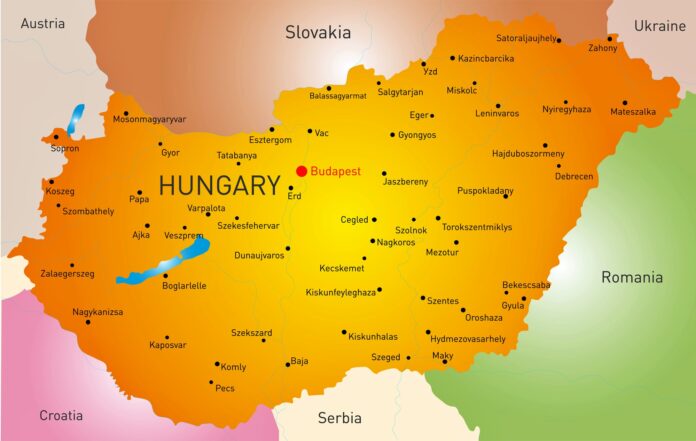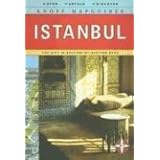Avrasya Bir Foundation board member Levent Ağaoğlu first wrote to you about the brain question.
“The north of the Black Sea, which was known as TURKAE by Herodotus in Anatolia in 500 BC, was also called by the same name by the Romans Pomponius and Pilinius in 100 BC. He then talks about Byzantine TOURKIA, Hungary and Ukraine. What is left to us in Eastern Europe from these denominations?”
As that area of Bashkortostan said yes, Mr. Levent, I offer my respects and greetings to Mr. Levent, Pomponius and Pilinius, but before them, five hundred years ago in Herodotus, yes, the name of that region was mentioned as TURKAE, the Hungarians coming from there. The name Hungarians gave themselves was Turk.
Hungarian is the name of one of the 10 tribes who migrated there. However, as its population increased and spread over time, the word Hungarian was settled in the late Middle Ages as a self-naming. Otherwise, Hungarian is not their top name, it is only the name of one of the 10 tribes and tribes. What is the common name of all of them; Turkish. On the other hand, the word Ten Boy Oğur. Oğur means boy in Old Turkish. The Ten Sons are referred to as the Ten Boys, the Ten Sons. When we say On Oğur, Ongur, Ungur, Ungar, the Ungar form took that form in late Latin sources.
In France, there was a Hungar with an H in front of it, the word Ungar. England took the word from there in English and Spanish took the word from France in its Hungar form. It has nothing to do with Hun. One feature of French is that they put the H, but they do not read it, they find it unnecessary. But the British do. Yes, the Spaniards are studying, too, the Germans, but Ungarın says, he is not there. Poles call it Vegır, Russians call it Venger. The Serbs call them Ugor. The common name they gave themselves was Turk. because the sources mentioning them in the early Middle Ages call them Onoğur, Onboy or Türk. They never say Hungarian, not even one mentions Hungarian in any medieval source. Hungarian, as I said, is a later designation.
Even the Papacy and Istanbul are two churches, to persuade the Hungarians to get their hearts. Even if they have become Christians, it is necessary to take their hearts, they will give a gift, a common gift. The common gift of Istanbul and Rome. It is being prepared there, it is coming to Istanbul, the second part is being prepared. They are written in co-production Greek.
Yavitsas pistos kraves Turkias.
To Turkey’s Loyal King YagBuca, Geyza.
First Geza, the crown that was sent to him. This Crown is currently privately guarded in the Hungarian parliament building, let’s not get into the details.
There is such a thing that there is even a proverb, in other places the king is sought for the crown, here the king is sought for the crown. The main thing is the crown. So whoever wears that crown is the King. And Hungarians are ready to respect him. The crown is essential, not man, but whatever he is. The text on it is important, it is sent 180 years after the Hungarians came to the Crown. They’re already on the banks of the Don river. They came from eastern Ukraine to the Middle Danube, they did not come from a distant place.
They lived there for 500 years from Bashkortostan to the Don rivers, and from there to the Don rivers in the 460s, after the Huns were destroyed, then to the Middle Danube. They are not a people that Byzantium has always known, that is, they are not a community that came from afar and descended from the unknown. Moreover, the Crown is sent 180 years after they settled in the Middle Danube tribes. If the Byzantines could not learn the name of the people who were neighbors of Byzantium for 600-700 years and accidentally wrote Turkish, it is halal. If they made such a blunder. Of course, a diplomatic gift is such a precious gift.
On it is written
Kiraves Turkiyas, King of Turks
You probably can’t have written this with an error.
Immigration of Magyars in AD 893 https://tr.wikipedia.org/wiki/Macarlar#/media/Dosya:Honfoglalas.gif






















